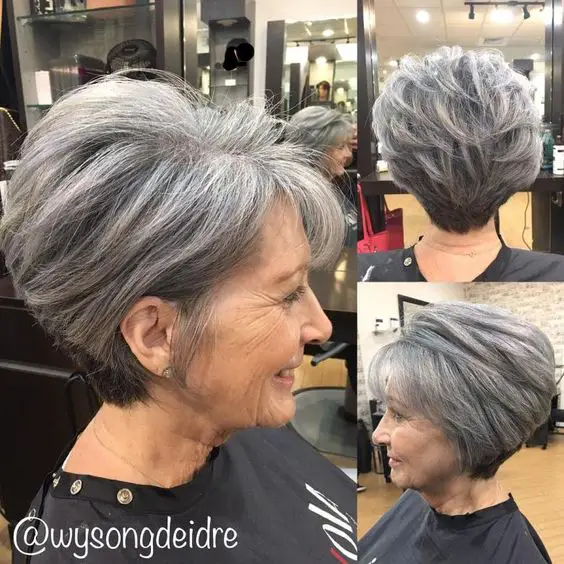
This made them convenient as well as fashionable. Wigs were made of real hair and generally came as a “pull on and wear” cap or weft style.

There was no shame in wearing a wig or fake hair – certainly, no one cared whether the item was detectable as fake or not. Conversely, for those not part of this movement, hair would be blow-dried into a smooth and voluminous style, as seen earlier in the decade.įake hair was the big hair accessory of the 1960s when wigs and other hairpieces were worn openly. The hair was usually worn centre-parted and with or without a fringe. Later in the decade, with the flower power influence, long hair could be left more natural. Long h air was usually centre-parted and, if a fringe was grown, it would come down to below the eyebrows. The trick here was to place a brown paper bag over the hair to help prevent it from getting singed. To get their hair poker straight, women could blow-dry it or even give it an iron.

For example, a half ponytail finished with a few curls was popular. Long hair could also be dressed up in a variety of ways. The ends could also be put into a roller to create an upward curl. It could be worn with a bit of lift and backcombed at the crown to achieve a rounded bouffant. Hair was worn long throughout the 1960s but came more into vogue in the mid/late-1960s for both sexes.ĭuring the first half of the 1960s, hair would not simply be left down without any styling and always looked sleek. The hairpieces didn’t even need to match the hair colour – it was all about the height.įamous bouffant wearers included First Ladies Jackie Kennedy and Lady Bird Johnson, The Supremes, and Dusty Springfield, who also loved a beehive. To get even more bouff in their bouffant, a woman could use hairpieces on the crown, creating a towering height of hair. Finally, a mosquito-clearing cloud of hair lacquer would be used to keep the hair firmly in place. The outer layer of hair would then be combed or brushed smoother and put into place. Once set, the hair was backcombed to give it the structure, shape and size required. To start with, hair was set in large rollers to create the initial lift needed. Popular with women of all ages, the bouffant was straight forward enough to create and easy to wear. In a word, it was not just one particular look, but one that simply involved big and high pouffed-up hair. It could be smooth and sleek or tousled with curls and waves. It varied in size from happily rounded to pretty big. The 1960s bouffant carried on from the similar styles of the late 1950s. A beehive could also be twinned with longer hair in a “half up half down” style, as worn by Bridgette Bardot and The Ronettes. The elegant updo was incredibly popular, worn by the masses and the famous alike, including Dusty Springfield and Audrey Hepburn. Interestingly, a beehive-type hairstyle had been seen in fifteenth-century Italy, albeit in a slightly differing form. Subsequently, she contributed to an article that appeared in the February 1960 edition – and the modern beehive was born. She had been asked by the editors of Modern Beauty Shop magazine to design a new hairstyle that would reflect the coming decade.

The creation of the 1960s beehive is credited to Margaret Vinci Heldt of Elmhurst, Illinois – the owner of the Margaret Vinci Coiffures in downtown Chicago. The distinctively cone-shaped, backcombed and lacquered mountain of hair would last for many days, with a bit of tweaking and lashings of Aqua Net. The beehive is a classic vintage 1960s hairstyle and one of the enduring symbols of the early sixties.

Ultimately, it became so fashionable that white people got their hair permed to be tight and curly. The popularity of the Afro peaked in the late 1960s into the 1970s, during which time it moved from being a political statement into being fashionable. The hair was teased into the classic round Afro hairstyle with a wide-toothed Afro pick. The trend for longer hair continued along with the rise of political activism. Hair gradually became fuller and longer throughout the 1960s. Natural hair was a strong political symbol of black pride and identity. The American Civil Rights Movement influenced students, activists and jazz musicians (like Nina Simone) to leave their hair natural and not straightened as a symbol of racial pride. However, towards the end of the fifties, the hair slowly started being left natural and cut short. Many black women had straightened their hair during the forties and fifties because it was considered to be the socially acceptable way to dress one’s hair.


 0 kommentar(er)
0 kommentar(er)
